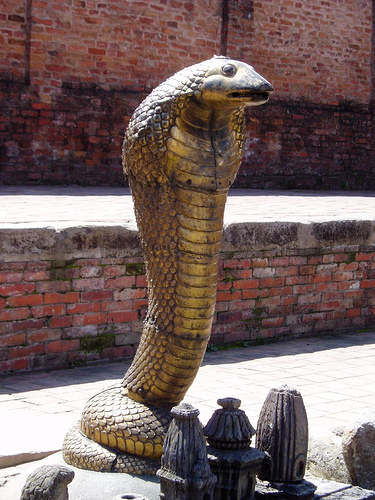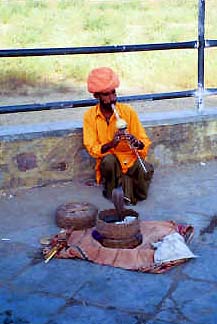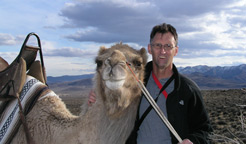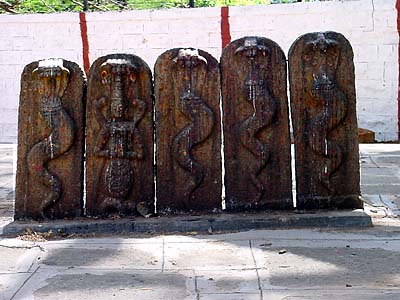
Isara C. Argent
Isbell Middle School at Santa Paula Elementary School District
The Naga in Science, Story, and Song
|
Here is a wonderful interactive site on the King Cobra, with references to mythology, the Himalayas , and the composition of the snake, including the sound it makes: http://www.nationalgeographic.com/features/97/kingcobra/index-n.html
We will use this site in science class parallel to our language arts and geography work. It will serve as an introduction to life science in an unusual and yet captivating way as an example of the external detail we can add to our regular curriculum. One day in the week we will use the computer lab so that students can individually access and explore the material.
The text we use is Holt Science & Technology: Life Science (2001 edition). Students will watch a video from the school library about snakes. They will have the opportunity to select the snake, mongoose, frog, or another animal of their choice to research, individually or with a partner, and write a one to three paragraph report.
To explore the reality of the snake charmer, and some other information about snakes, access this link.
http://www.art-and-archaeology.com/india/people1.html "LOCATION: Bikaner , India The snake rose into the air as if pulled by an invisible thread. The cobra was less than a foot away. It stared at me. I stared back as the cobra flattened the upper part of its body in agitation. This was my first lesson with an Indian snake charmer. Sitting cross-legged in front of a basket containing the snake, I puffed on the traditional flute. The snake followed the motion of the flute. I felt light-headed. Puffing on the flute is like hyperventilating. I thought, "Great. What would happen if I passed out and fell head first into the basket with the snake?" Little did, I know, I was going to find out the answer to that question a little later. The above is a journal entry by Jim Wiltens (expedition co-leader).
|
This site was created by Isara Argent at the NEH Summer Institute "Cultures and Religions of the Himalayan Region," held at the College of the Holy Cross, Summer 2006



